
Exploring the Untamed Beauty of Dolly Sods Wilderness
Discover Dolly Sods Wilderness in West Virginia: A stunning natural sanctuary with diverse ecosystems, scenic hiking trails, and abundant wildlife.
Dolly Sods Wilderness, located in the Monongahela National Forest of West Virginia, is a pristine escape for nature lovers and adventure seekers. This unique area covers over 17,000 acres and is known for its diverse ecosystems, including rocky plains, bogs, and densely forested regions. The high plateau of Dolly Sods offers breathtaking views and an array of flora and fauna that is rarely seen elsewhere in the region. The wilderness is famous for its vast network of hiking trails, totaling more than 47 miles. These trails range from easy walks to challenging treks, catering to hikers of all skill levels. Along the way, visitors can expect to encounter scenic overlooks, crystal-clear streams, and a variety of wildlife, such as deer, black bears, and migratory birds. The Red Creek Trail, in particular, is a popular route, providing stunning vistas and access to some of the most picturesque spots in the area. Dolly Sods is also a haven for photographers and bird watchers. The area's unique environment, with its high-altitude bogs and wind-swept heath barrens, creates a perfect backdrop for capturing the beauty of nature. Bird enthusiasts can look forward to spotting species like the northern saw-whet owl and the golden-winged warbler. Whether you're camping, hiking, or simply exploring, Dolly Sods Wilderness offers an unforgettable experience that showcases the raw and untouched beauty of West Virginia.
Local tips in Dolly Sods Wilderness
- Check weather conditions before your visit, as the high plateau can experience sudden changes.
- Wear sturdy hiking boots and bring a map, as cell service is limited in the area.
- Pack out all trash to help preserve the pristine environment.
- Visit in late spring or early fall for the most pleasant weather and fewer crowds.
- Be prepared for limited facilities; bring enough water and supplies for your trip.
Exploring the Untamed Beauty of Dolly Sods Wilderness
Dolly Sods Wilderness, located in the Monongahela National Forest of West Virginia, is a pristine escape for nature lovers and adventure seekers. This unique area covers over 17,000 acres and is known for its diverse ecosystems, including rocky plains, bogs, and densely forested regions. The high plateau of Dolly Sods offers breathtaking views and an array of flora and fauna that is rarely seen elsewhere in the region. The wilderness is famous for its vast network of hiking trails, totaling more than 47 miles. These trails range from easy walks to challenging treks, catering to hikers of all skill levels. Along the way, visitors can expect to encounter scenic overlooks, crystal-clear streams, and a variety of wildlife, such as deer, black bears, and migratory birds. The Red Creek Trail, in particular, is a popular route, providing stunning vistas and access to some of the most picturesque spots in the area. Dolly Sods is also a haven for photographers and bird watchers. The area's unique environment, with its high-altitude bogs and wind-swept heath barrens, creates a perfect backdrop for capturing the beauty of nature. Bird enthusiasts can look forward to spotting species like the northern saw-whet owl and the golden-winged warbler. Whether you're camping, hiking, or simply exploring, Dolly Sods Wilderness offers an unforgettable experience that showcases the raw and untouched beauty of West Virginia.
When is the best time to go to Dolly Sods Wilderness?
Iconic landmarks you can’t miss
Blackwater Falls State Park
Experience the breathtaking waterfalls and lush landscapes of Blackwater Falls State Park in West Virginia, a haven for outdoor enthusiasts and nature lovers.
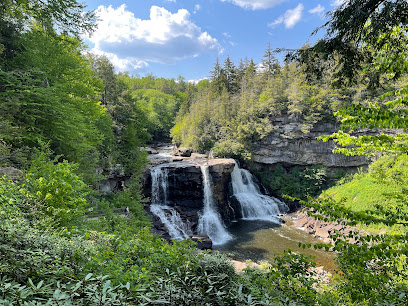
Monongahela National Forest
Explore the breathtaking landscapes and diverse wildlife of Monongahela National Forest, a natural gem in West Virginia for outdoor adventures and serenity.

Lindy Point Observation Deck
Discover the stunning vistas and serene beauty of Lindy Point Observation Deck, a top scenic spot and hiking area in West Virginia.

Blackwater Falls Boardwalk
Experience the breathtaking beauty of Blackwater Falls Boardwalk, a scenic spot offering stunning views and outdoor adventures in West Virginia.
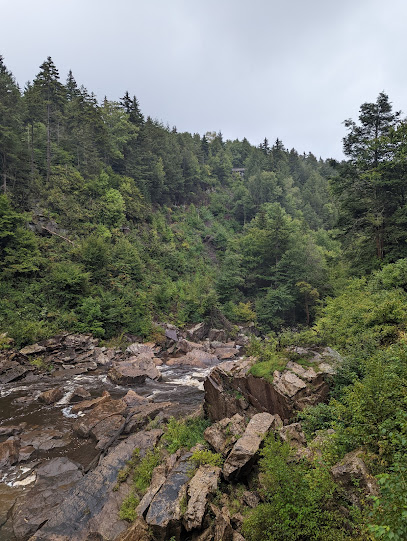
Seneca Caverns
Discover the enchanting beauty of Seneca Caverns in West Virginia, where adventure and nature intertwine in a breathtaking underground journey.

Seneca Rocks Trailhead
Discover breathtaking views and thrilling hikes at Seneca Rocks Trailhead, a must-visit destination in West Virginia's stunning landscape.
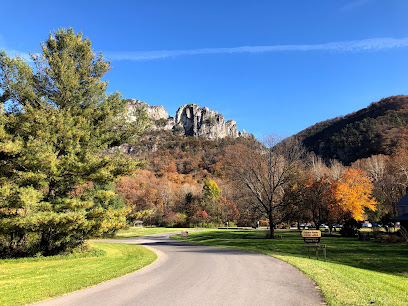
Douglas Falls
Experience the breathtaking beauty of Douglas Falls in West Virginia's Blackwater Canyon, a perfect destination for hiking, photography, and nature exploration.
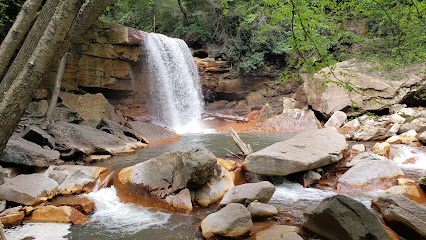
Bear Rocks Preserve
Explore the breathtaking vistas and diverse wildlife of Bear Rocks Preserve, a hidden gem for nature lovers in West Virginia.

Dolly Sods
Discover the breathtaking landscapes and unique ecology of Dolly Sods, a serene park in West Virginia perfect for hiking, camping, and nature exploration.
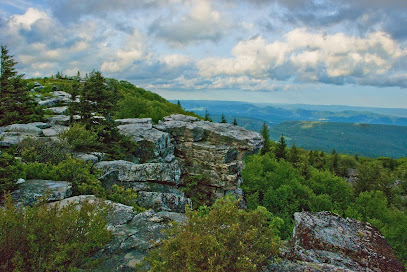
Elakala Trail
Discover the stunning Elakala Trail in West Virginia, a picturesque hiking area with breathtaking views and cascading waterfalls perfect for outdoor enthusiasts.

Pendleton Overlook
Discover Pendleton Overlook: A Scenic Spot in Davis, West Virginia with Stunning Views of Blackwater Canyon.
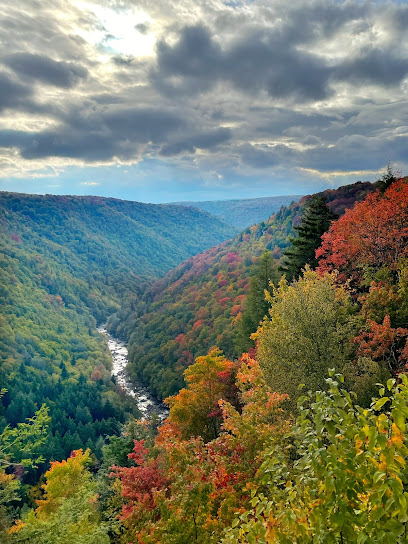
Lindy Point Trailhead
Experience the breathtaking vistas and serene nature trails at Lindy Point Trailhead in Thomas, West Virginia, an outdoor paradise for all adventure seekers.
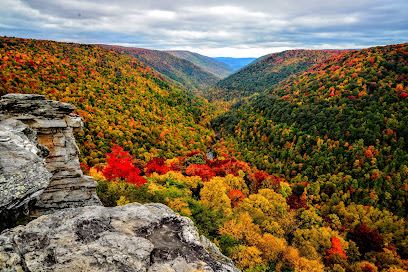
Albert Falls
Explore the stunning Albert Falls in Thomas, West Virginia, a breathtaking natural wonder renowned for its vibrant colors and serene atmosphere.
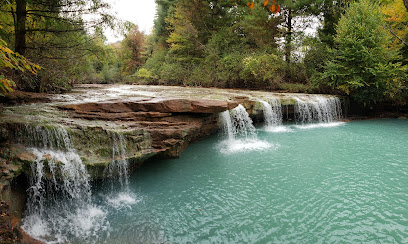
Table Rock
Discover the breathtaking beauty of Table Rock in West Virginia, a scenic spot perfect for nature lovers and adventure seekers alike.

Blackbird Knob Trailhead
Discover the breathtaking beauty of Blackbird Knob Trailhead, the ultimate hiking destination in West Virginia, surrounded by stunning landscapes and diverse wildlife.
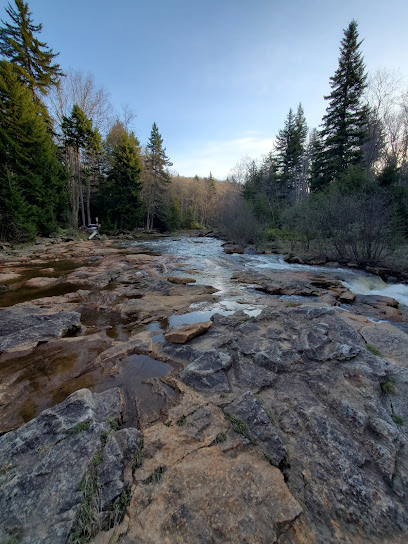
Unmissable attractions to see
Monongahela National Forest
Explore the breathtaking beauty of Monongahela National Forest, a natural paradise in West Virginia perfect for outdoor adventures and serene escapes.
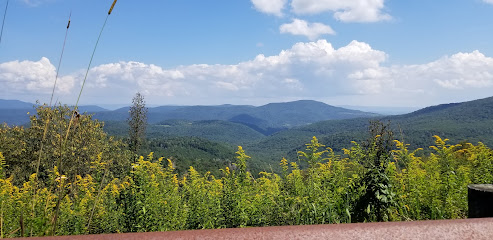
Canaan Valley Resort State Park
Explore the natural beauty and outdoor adventures at Canaan Valley Resort State Park in West Virginia, featuring hiking, golfing, and winter sports.
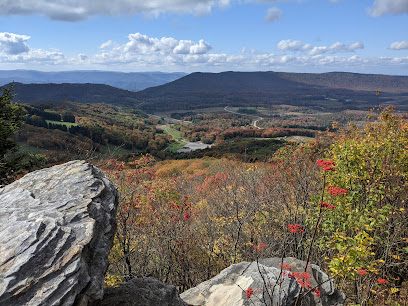
Hovatter's Wildlife Zoo
Discover the wonders of wildlife at Hovatter's Wildlife Zoo, a family-friendly attraction in Kingwood, West Virginia, featuring diverse animal exhibits and interactive experiences.
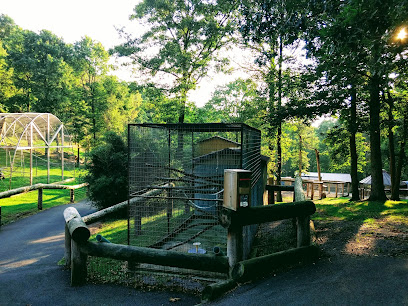
Cass Scenic Railroad State Park
Discover the charm of Cass Scenic Railroad State Park, where history and nature converge in breathtaking West Virginia landscapes.
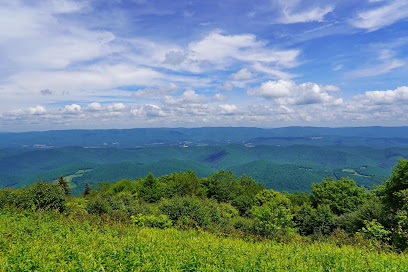
Audra State Park
Experience the breathtaking landscapes and outdoor adventures at Audra State Park, a premier destination in West Virginia for nature enthusiasts and families.
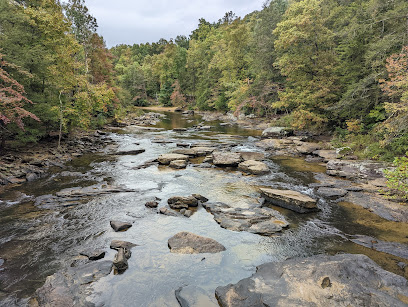
Valley Falls State Park
Explore the enchanting Valley Falls State Park in West Virginia, a perfect blend of stunning waterfalls, scenic trails, and diverse wildlife for all nature lovers.
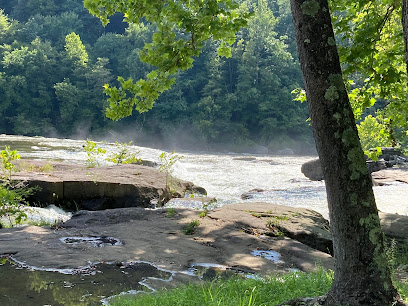
Potomac Eagle Scenic Railroad
Discover the beauty of West Virginia aboard the Potomac Eagle Scenic Railroad, where history meets breathtaking landscapes on a memorable train journey.

Timberline Mountain
Experience the thrill of winter sports at Timberline Mountain, West Virginia's premier ski resort with stunning terrain and family-friendly amenities.
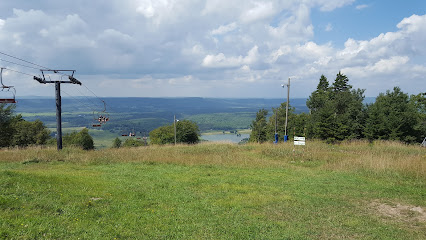
Seneca Caverns
Explore the stunning underground formations of Seneca Caverns, a captivating tourist attraction in West Virginia with unique geological wonders.
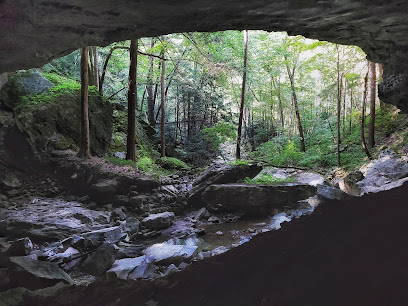
MountainRail
Ride the historic MountainRail and experience the breathtaking landscapes of West Virginia on a scenic train journey through the Appalachian Mountains.
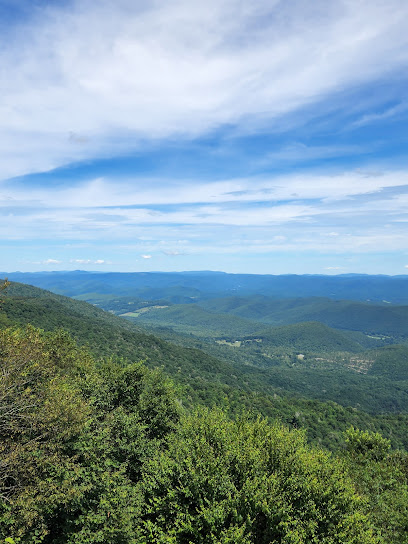
Seneca Rocks Discovery Center
Explore the breathtaking beauty of Seneca Rocks at the Discovery Center, your gateway to adventure in West Virginia's stunning landscapes.
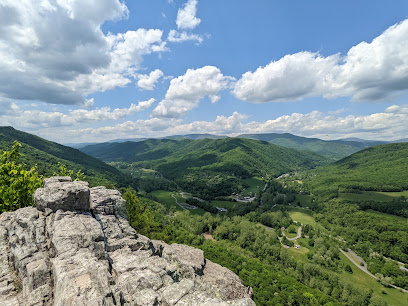
Droop Mountain Battlefield State Park
Discover the rich history and scenic beauty of Droop Mountain Battlefield State Park, a must-visit destination in West Virginia for nature and history lovers.
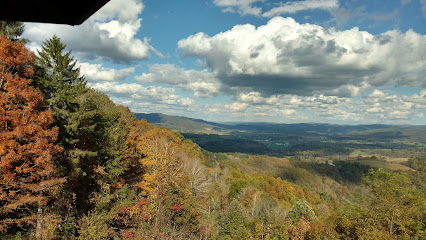
Durbin & Greenbrier Valley Railroad
Explore the scenic landscapes of West Virginia aboard the historic Durbin & Greenbrier Valley Railroad, where adventure meets relaxation.

Cathedral State Park
Explore Cathedral State Park in West Virginia - a natural wonder with towering trees, serene trails, and diverse wildlife for a perfect outdoor adventure.
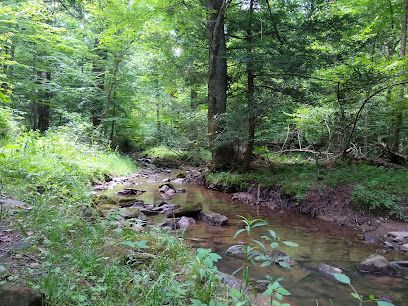
Cranberry Glades Botanical Area
Explore the enchanting Cranberry Glades Botanical Area, a stunning park in West Virginia showcasing unique ecosystems and breathtaking natural beauty.

Essential places to dine
Hillbilly Hot Dogs
Discover Hillbilly Hot Dogs: A quirky hotspot in Lesage, WV serving up deliciously unique hot dogs in a fun-filled atmosphere.
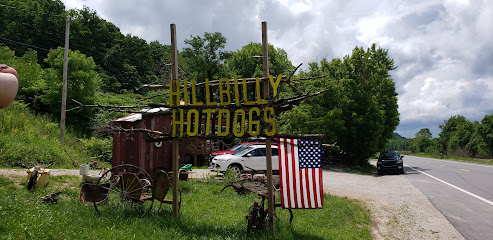
Later Alligator
Experience delicious American cuisine at Later Alligator in Wheeling – where vibrant flavors meet inviting atmosphere.

Sirianni's Café
Experience authentic Italian cuisine at Sirianni's Café in Davis, WV—home to delicious pizza and traditional dishes served in a cozy atmosphere.
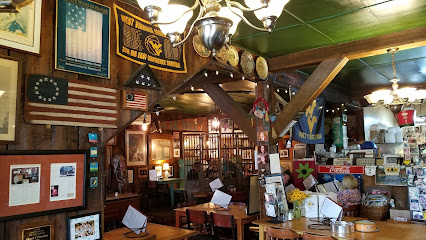
Purple Fiddle
Discover Purple Fiddle: A lively bar & restaurant in Thomas, WV with great live music and delicious food amidst a charming atmosphere.
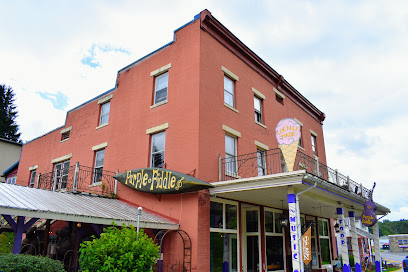
Hellbender Burritos
Discover delicious handcrafted burritos at Hellbender Burritos in Davis, WV - where fresh ingredients meet vibrant flavors.
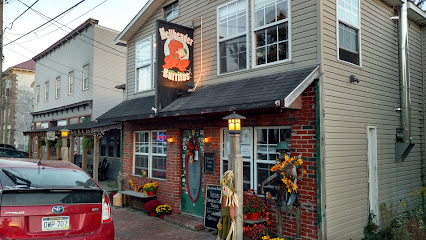
Cheetah B's
Discover Cheetah B's in Petersburg, WV – where exquisite steaks meet warm hospitality amidst stunning natural beauty.
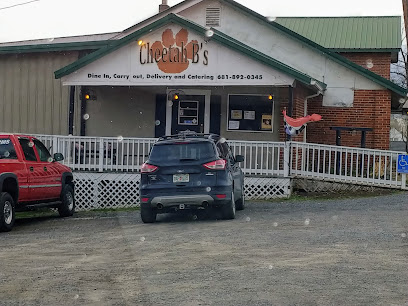
Alpine Lodge Sawmill Restaurant
Discover rustic elegance at Alpine Lodge Sawmill Restaurant in West Virginia – where hearty breakfasts meet breathtaking mountain views.

The Smokehouse at Blackwater Falls
Discover delicious American cuisine amidst the natural beauty of Blackwater Falls State Park at The Smokehouse.

Gateway Restaurant
Discover family-friendly dining at Gateway Restaurant in Riverton - where delicious comfort food meets warm hospitality.
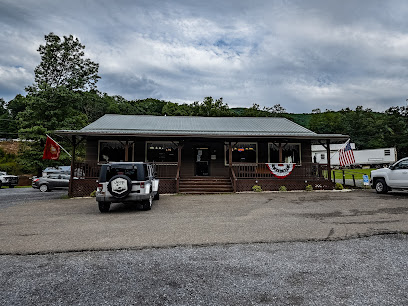
Wicked Wilderness Pub
Discover Wicked Wilderness Pub in Davis, WV - where local flavors meet a cozy atmosphere for an unforgettable dining experience.

Dodd’s Log Cabin Grill
Discover delightful breakfast options at Dodd's Log Cabin Grill - A cozy family-friendly restaurant in Ellenboro, West Virginia.

Mullin's 1847 Restaurant
Experience authentic West Virginia cuisine at Mullin's 1847 Restaurant—where tradition meets flavor in every dish.
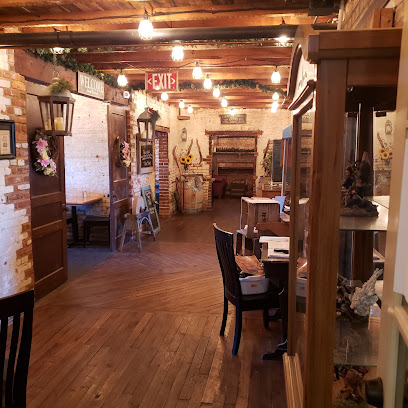
Canaan Valley BBQ
Experience mouthwatering barbecue at Canaan Valley BBQ in Davis, WV – where smoky flavors meet Southern hospitality.
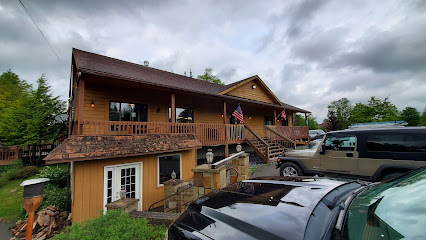
Melanie's Family Restaurant
Discover family-friendly dining at Melanie's Family Restaurant in Aurora - where delicious American cuisine meets a warm atmosphere.
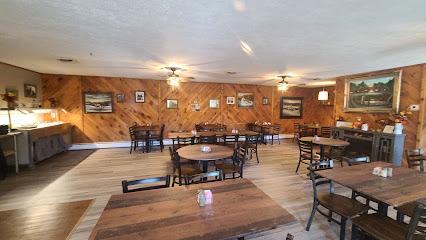
Mountain State Brewing Co.
Discover unique craft beers and delicious food at Mountain State Brewing Co., a must-visit brewpub in scenic West Virginia.
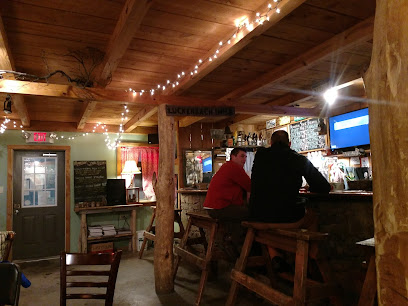
Markets, malls and hidden boutiques
Smoke Hole Caverns
Discover the enchanting underground world of Smoke Hole Caverns, a captivating destination in West Virginia filled with natural beauty and adventure.

Purple Fiddle
Experience the vibrant live music scene and delicious local cuisine at Purple Fiddle, Thomas, West Virginia's iconic gathering spot.
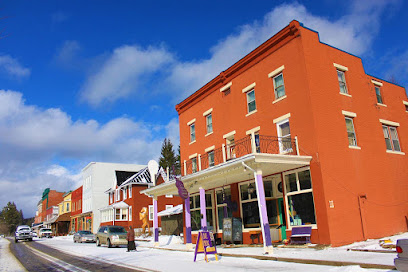
TipTop
Discover TipTop, a cozy coffee shop in Thomas, WV, offering exquisite brews, fresh pastries, and a warm atmosphere for tourists and locals alike.
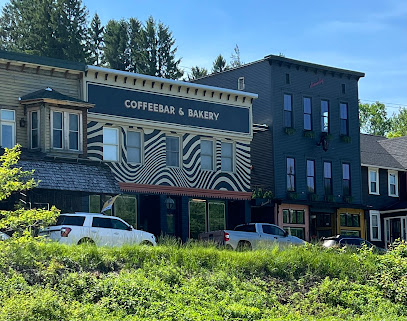
Bear Rocks Preserve
Explore Bear Rocks Preserve: A Nature Lover's Paradise in West Virginia with Breathtaking Views and Scenic Trails.
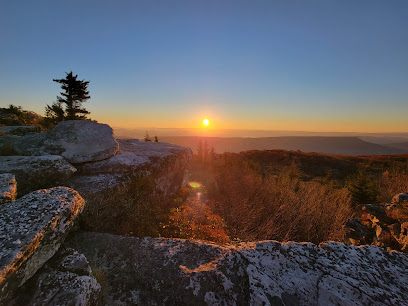
Lost River Trading Post
Explore unique gifts, local art, and delicious treats at Lost River Trading Post in West Virginia's charming Wardensville.
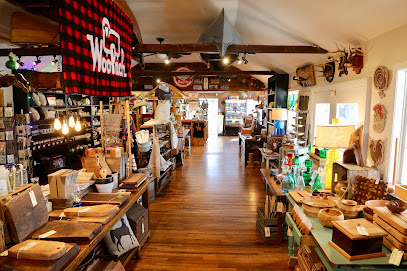
Shop 'n Save Express
Discover local flavors at Shop 'n Save Express, your go-to grocery store in Davis, WV, offering fresh produce and unique regional products.

SHOP 'n SAVE
Discover local flavors and fresh groceries at SHOP 'n SAVE, the supermarket that brings the best of Moorefield to your table.
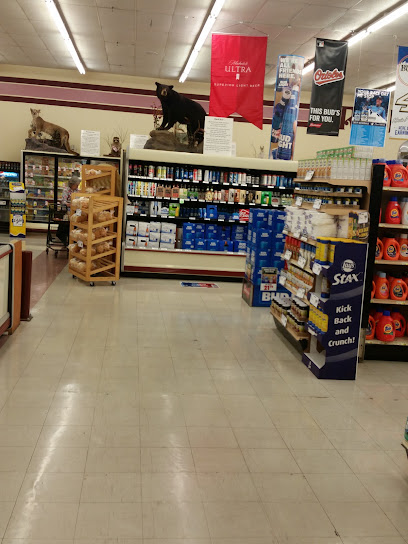
Dolly Sods
Explore Dolly Sods: A stunning park in West Virginia filled with diverse landscapes, hiking trails, and breathtaking natural beauty.
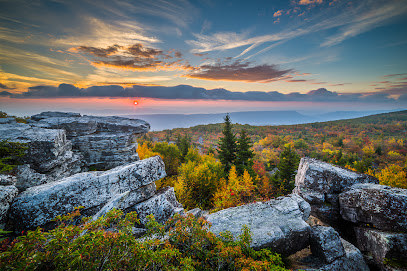
The Ice Cream Shop
Discover the joy of handcrafted ice cream at The Ice Cream Shop in Davis, WV - a delightful treat amidst stunning mountain scenery.
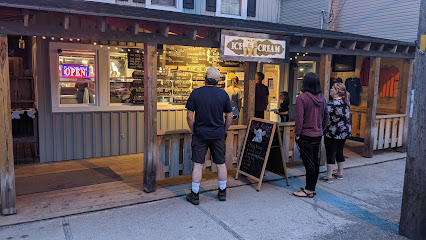
Dolly Sods Wilderness
Discover the stunning landscapes and diverse ecosystems of Dolly Sods Wilderness in West Virginia, a premier destination for hiking and outdoor adventures.
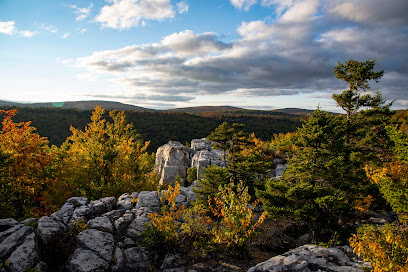
Rio Mall
Explore Rio Mall in Baker, WV - a treasure trove of unique second-hand finds and vintage gems waiting to be discovered.
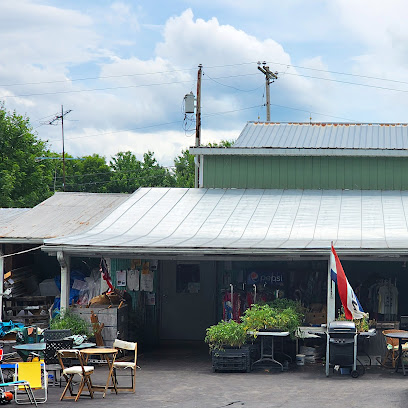
Cool Springs Park
Experience the beauty and charm of Cool Springs Park in Rowlesburg, West Virginia, where souvenirs, ice cream, and nature await.
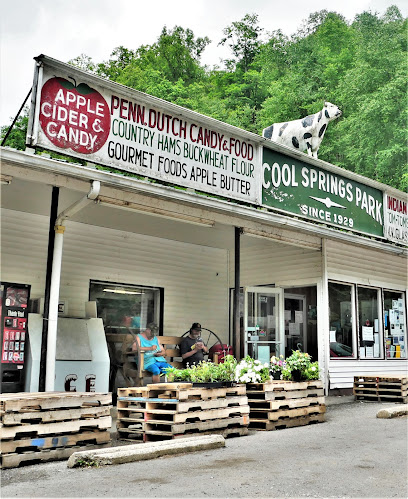
BLOOM
Discover creativity at BLOOM, a vibrant store in Thomas, WV, showcasing unique prints and local art that reflect the region's rich culture.

Vintage Lady
Explore Vintage Lady in Harpers Ferry, where handcrafted jewelry and unique artisanal treasures come to life in a charming boutique setting.
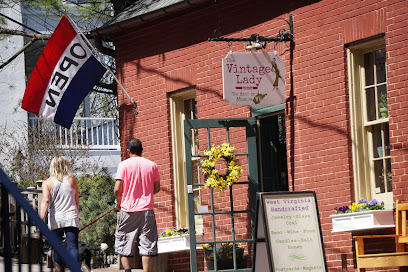
Invisible
Explore the Invisible Gift Shop and Art Gallery in Thomas, WV, for unique gifts and local art that reflect the region's vibrant culture.

Essential bars & hidden hideouts
Purple Fiddle
Experience the heart of Thomas, WV at Purple Fiddle - a lively bar with live music, delicious food, and a vibrant community atmosphere.
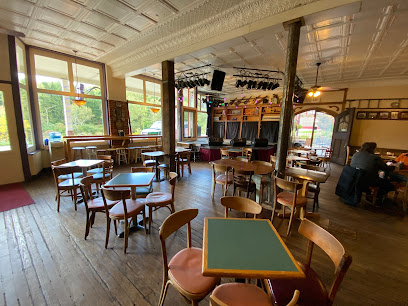
Alpine Lodge Sawmill Restaurant
Experience the flavors of West Virginia at Alpine Lodge Sawmill Restaurant, where every meal is a celebration of local cuisine in a scenic mountain setting.

The Smokehouse at Blackwater Falls
Experience the best of American cuisine surrounded by the natural beauty of Blackwater Falls State Park.
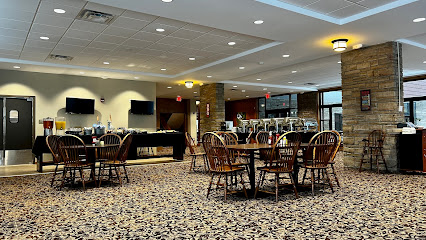
Wicked Wilderness Pub
Discover the taste of Appalachia at Wicked Wilderness Pub, where every meal is a celebration of local flavors and warm hospitality.
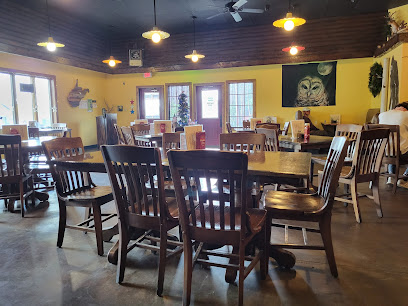
The Billy Motel & Bar / ISH Kitchen
Experience the warmth of The Billy Motel & Bar in Davis, WV, where cozy accommodations meet delicious cuisine and vibrant bar life.

Stumptown Ales
Experience the essence of West Virginia's craft beer culture at Stumptown Ales, where innovative brews meet a cozy brewpub atmosphere.
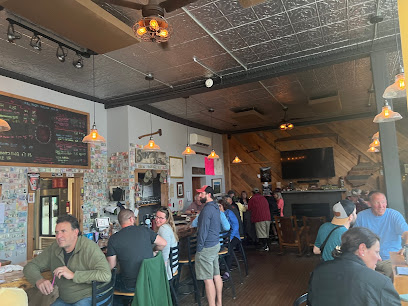
Duckies' Bar & Grill
Discover Duckies' Bar & Grill, a lively bar in Piedmont, WV, offering delicious food, a great drink selection, and a vibrant atmosphere for all.

Picnic
Discover the vibrant flavors of Picnic, a taco restaurant in Thomas, West Virginia, where fresh ingredients meet culinary creativity.
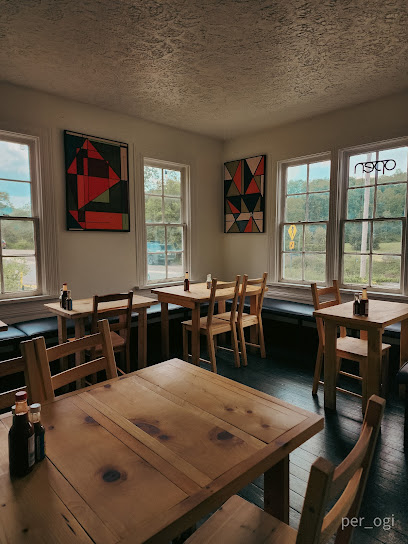
Old Spruce Brewing
Discover the rich flavors of West Virginia at Old Spruce Brewing, a charming brewpub offering craft beers in the scenic Snowshoe area.
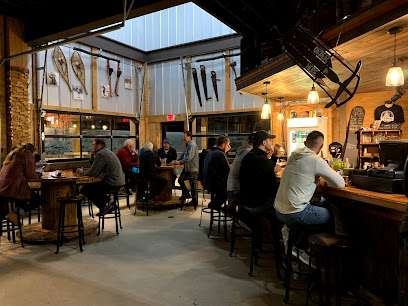
Milo's Cafe and Restaurant
Experience the heart of West Virginian cuisine at Milo's Cafe and Restaurant, where every meal is a celebration of local flavors.
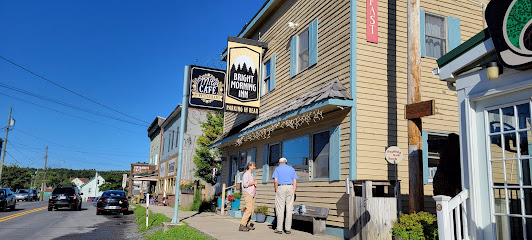
Route 28 Bar & Grill
Discover the flavors of West Virginia at Route 28 Bar & Grill, where delicious cuisine meets a welcoming atmosphere in Fort Ashby.
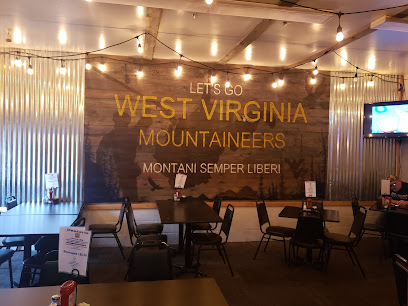
Tuque's Bar and Grill
Discover the flavors of America at Tuque's Bar and Grill, a cozy spot in Snowshoe, WV perfect for unwinding after outdoor adventures.
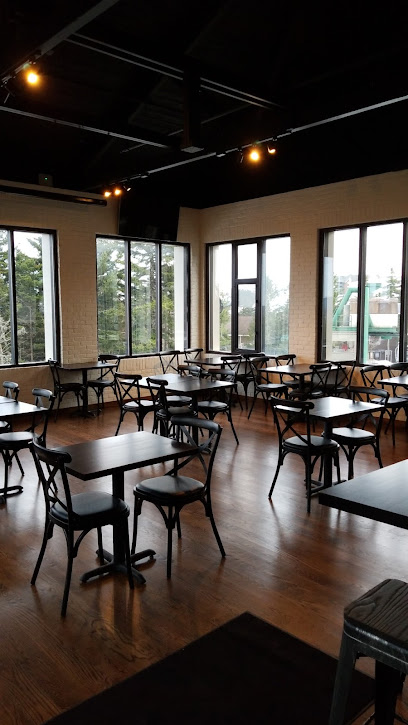
The Breakfast Nook
Experience the charm of The Breakfast Nook, where delicious breakfasts and a cozy atmosphere await in the scenic Davis, West Virginia.

Hoovers Bar & Grill
Explore the culinary charm of Hoovers Bar & Grill in New Creek, West Virginia, where delicious grilled dishes meet lively entertainment.

3rd Base Sports Bar & Grille
Discover the lively spirit of 3rd Base Sports Bar & Grille in Petersburg, WV, where great food and sports combine for an unforgettable experience.
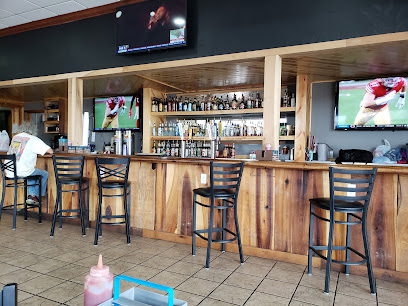
Local Phrases about Dolly Sods Wilderness
-
- HelloHowdy
[HOU-dee] - GoodbyeSo long
[soo LAWNG] - YesYup
[yuhp] - NoNah
[nah] - Please/You're welcomePlease/No problem
[PLEEZ/no PROB-lem] - Thank youThank ya
[THANK yuh] - Excuse me/SorryPardon me/My bad
[PAR-dun mee/mai BAD] - How are you?How y'all doin'?
[HOU yawl DOO-in] - Fine. And you?Fine. And you?
[Fine. And you?] - Do you speak English?Ya speak English?
[yuh speak ING-lish] - I don't understandI don't git it
[I dont GIT it]
- HelloHowdy
-
- I'd like to see the menu, pleaseCan I see the menu, please
[kan I see the MEH-nyoo, please] - I don't eat meatI don't eat meat
[I dont eat meet] - Cheers!Cheers!
[Cheers!] - I would like to pay, pleaseI'll pay now, please
[I'll pay now, please]
- I'd like to see the menu, pleaseCan I see the menu, please
-
- Help!Help!
[Help!] - Go away!Git!
[Git!] - Call the Police!Call the Law!
[Call the Law!] - Call a doctor!Get a doc!
[Get a doc!] - I'm lostI'm lost
[I'm lost] - I'm illI'm sick
[I'm sick]
- Help!Help!
-
- I'd like to buy...I wanna buy...
[I wanna buy...] - I'm just lookingI'm just lookin'
[I'm just LOOK-in] - How much is it?How much fer that?
[How much fer that?] - That's too expensiveThat's too pricey
[That's too PRI-see] - Can you lower the price?Can ya drop the price?
[Can ya DROP the price?]
- I'd like to buy...I wanna buy...
-
- What time is it?What time is it?
[What time is it?] - It's one o'clockIt's one o'clock
[It's one o'clock] - Half past (10)Half past ten
[Half past ten] - MorningMornin'
[MORN-in] - AfternoonAfternoon
[Afternoon] - EveningEvenin'
[EVE-nin] - YesterdayYest'day
[YEST-duh] - TodayToday
[Today] - TomorrowTomorra
[Tomorra] - 1One
[One] - 2Two
[Two] - 3Three
[Three] - 4Four
[Four] - 5Five
[Five] - 6Six
[Six] - 7Seven
[Seven] - 8Eight
[Eight] - 9Nine
[Nine] - 10Ten
[Ten]
- What time is it?What time is it?
-
- Where's a/the...?Where's the...?
[Where's the...?] - What's the address?What's the address?
[What's the address?] - Can you show me (on the map)?Can ya show me (on the map)?
[Can ya show me (on the map)?] - When's the next (bus)?When's the next (bus)?
[When's the next (bus)?] - A ticket (to ....)A ticket (to ....)
[A ticket (to ....)]
- Where's a/the...?Where's the...?
History of Dolly Sods Wilderness
-
Long before European settlers arrived, the Dolly Sods Wilderness was home to various Indigenous tribes, including the Shawnee and Iroquois. These tribes utilized the land for hunting and gathering, leaving behind artifacts that tell tales of their presence. Early European explorers, such as John Lederer in the 17th century, documented their encounters with these tribes and the rugged terrain of what is now Dolly Sods.
-
During the American Civil War, the area that includes Dolly Sods saw its share of military activity. The rugged terrain served as a strategic location for both Union and Confederate forces. Skirmishes in the region were part of the broader conflict known as the Battle of Rich Mountain. Today, remnants of old encampments and battlefield artifacts can still be found, providing a glimpse into this turbulent period.
-
The late 19th and early 20th centuries marked an era of intensive logging in Dolly Sods. The area was heavily forested with red spruce and other valuable timber. Logging companies established temporary camps and built railroads to transport the timber. This period of exploitation significantly altered the landscape, and the scars of logging can still be seen in some parts of the wilderness.
-
During World War II, Dolly Sods was utilized as a training ground for U.S. military troops. The terrain's resemblance to European battlefields made it an ideal location for combat training exercises. Soldiers practiced maneuvers and mock battles, and live ammunition was used. As a result, unexploded ordnance can occasionally be found, and visitors are advised to be cautious.
-
In 1975, Dolly Sods was designated as a Wilderness Area under the Wilderness Act of 1964. This designation was aimed at preserving the area's unique natural beauty and ecological significance. Today, Dolly Sods Wilderness is part of the Monongahela National Forest and is managed by the U.S. Forest Service. The designation ensures that the area remains free from commercial exploitation and provides a sanctuary for wildlife and a haven for outdoor enthusiasts.
-
Dolly Sods is rich in local folklore and cultural significance. Stories of ghostly apparitions, mysterious lights, and hidden treasures have been passed down through generations. The name 'Dolly Sods' itself is derived from the German 'Dahle,' referring to the Dahle family who once pastured sheep in the high meadows, known locally as 'sods.' These cultural narratives add an element of mystique to the already enchanting landscape.
Dolly Sods Wilderness Essentials
-
Dolly Sods Wilderness is located in the Monongahela National Forest in West Virginia. The nearest major cities are Washington, D.C., and Pittsburgh, Pennsylvania, both approximately a 3-hour drive away. The closest airports are Dulles International Airport (IAD) and Pittsburgh International Airport (PIT). From there, you can rent a car and drive to the wilderness area. Public transportation options are limited, so driving is the most practical way to reach Dolly Sods.
-
Once at Dolly Sods, your primary mode of transportation will be on foot, given the area's focus on hiking and outdoor activities. There are several trailheads with parking areas where you can leave your vehicle. Make sure to drive a vehicle suitable for rugged terrain, as some roads leading to trailheads may be rough and unpaved.
-
The official currency is the US Dollar (USD). Credit and debit cards are widely accepted in nearby towns, but within the wilderness area itself, there are no facilities that accept payment of any kind. It is advisable to carry some cash for expenses in surrounding areas like Davis or Thomas, West Virginia.
-
Dolly Sods Wilderness is generally safe for tourists, but standard wilderness safety precautions should be taken. This includes staying on marked trails, being aware of wildlife, and preparing for changing weather conditions. There are no high-crime areas targeting tourists, but always keep your valuables secure, especially in parking areas.
-
In case of an emergency, dial 911. Cell phone service can be spotty or nonexistent in some parts of the wilderness. It's a good idea to carry a satellite phone or a personal locator beacon (PLB). The nearest medical facilities are located in Davis, WV. Always inform someone of your itinerary and expected return time before heading into the wilderness.
-
Fashion: Do wear layered clothing and sturdy hiking boots. Avoid wearing cotton as it retains moisture. Religion: There are no specific religious customs to observe, but always be respectful of fellow hikers. Public Transport: There is no public transport within the wilderness area. Plan to drive and park at trailheads. Greetings: It's common to greet fellow hikers with a friendly nod or 'hello'. Eating & Drinking: Do pack enough food and water for your hike, but follow Leave No Trace principles and pack out all trash.
-
To experience Dolly Sods Wilderness like a local, visit in the fall when the foliage is spectacular. Weekdays are generally less crowded than weekends. Stop by the nearby towns of Davis and Thomas for local dining and craft beers. The Purple Fiddle in Thomas often features live music and is a local favorite. Always check weather forecasts and trail conditions before heading out, as the weather can change rapidly.
-
The best time to visit Dolly Sods Wilderness is in late spring through early fall. The weather is most pleasant during these months, and the trails are more accessible. Fall offers breathtaking foliage, making it a popular time for photographers and nature enthusiasts.
-
No permits are required for day hiking or overnight camping in Dolly Sods Wilderness. However, it is important to follow all posted regulations, including campfire restrictions and Leave No Trace principles. Group sizes should be limited to 10 people to minimize impact on the environment.
Trending Landmarks in Dolly Sods Wilderness
Nearby Cities to Dolly Sods Wilderness
-
Things To Do in Harrisonburg
-
Things To Do in Morgantown
-
Things To Do in Fairmont
-
Things To Do in Clarksburg
-
Things To Do in Staunton
-
Things To Do in Martinsburg
-
Things To Do in Charlottesville
-
Things To Do in Harper's Ferry
-
Things To Do in Hagerstown
-
Things To Do in Wheeling
-
Things To Do in Pittsburgh
-
Things To Do in Lewisburg
-
Things To Do in Frederick
-
Things To Do in Lynchburg
-
Things To Do in Gaithersburg











